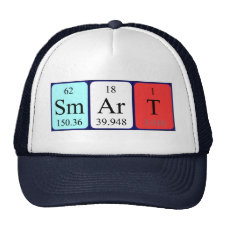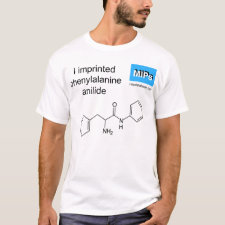
Authors: Halhalli MR, Schillinger E, Aureliano CSA, Sellergren B
Article Title: Thin Walled Imprinted Polymer Beads Featuring Both Uniform and Accessible Binding Sites.
Publication date: 2012
Journal: Chemistry of Materials
Volume: 24
Issue: (15)
Page numbers: 2909-2919.
DOI: 10.1021/cm300965t
Abstract: A novel approach addressing the classical deficiencies of molecularly imprinted polymers (MIPs), that is, low binding capacity and nonuniform binding sites, is reported. The thin walled beads were produced in two steps by first grafting thin MIP films, under controlled (RAFT) or noncontrolled conditions, from porous silica beads following previously reported procedures. The resulting composites were compared in terms of film thickness, the grafted layer homogeneity, the effect of different support morphologies, and for their ability to recognize the template in chromatographic or static binding tests. Thus, using l-Phenylalanine anilide (L-PA) as template to imprint poly(MAA-co-EDMA) in such a way led to nanometer thick films where the resulting composite were able to selectively retain the template in relation to the thickness of the grafted film. In the second step, removing the silica supports from the above composites by etching, led to nanometer thin walled beads with structure, morphology and recognition properties strongly depending on grafting chemistry (RAFT or non-RAFT), monomer dilution and on the film thickness of the original composite. Thus whereas the thicker walled materials retained their mesoporous morphology and displayed enhanced enantioselectivity, load capacity, and higher surface areas compared to their composite precursors, the thin walled beads showed lower surface areas indicating network collapse. The thin walled beads prepared under dilute conditions in absence of RAFT displayed a perfectly uniform binding site distribution and a saturation capacity exceeding that of a conventional monolithic MIP. The beads prepared by RAFT control showed a further enhanced saturation capacity significantly exceeding that of the reference material. Finally, the reduced hydrophobic character of the thin walled materials indicated the existence of two separate pore systems with different pore wettabilities
Template and target information: l-Phenylalanine anilide, L-PA
Author keywords: molecular imprinting, grafting, surface initiatied polymerization, RAFT, template synthesis, isotherm, capacity



Join the Society for Molecular Imprinting

New items RSS feed
Sign-up for e-mail updates:
Choose between receiving an occasional newsletter or more frequent e-mail alerts.
Click here to go to the sign-up page.
Is your name elemental or peptidic? Enter your name and find out by clicking either of the buttons below!
Other products you may like:
 MIPdatabase
MIPdatabase









